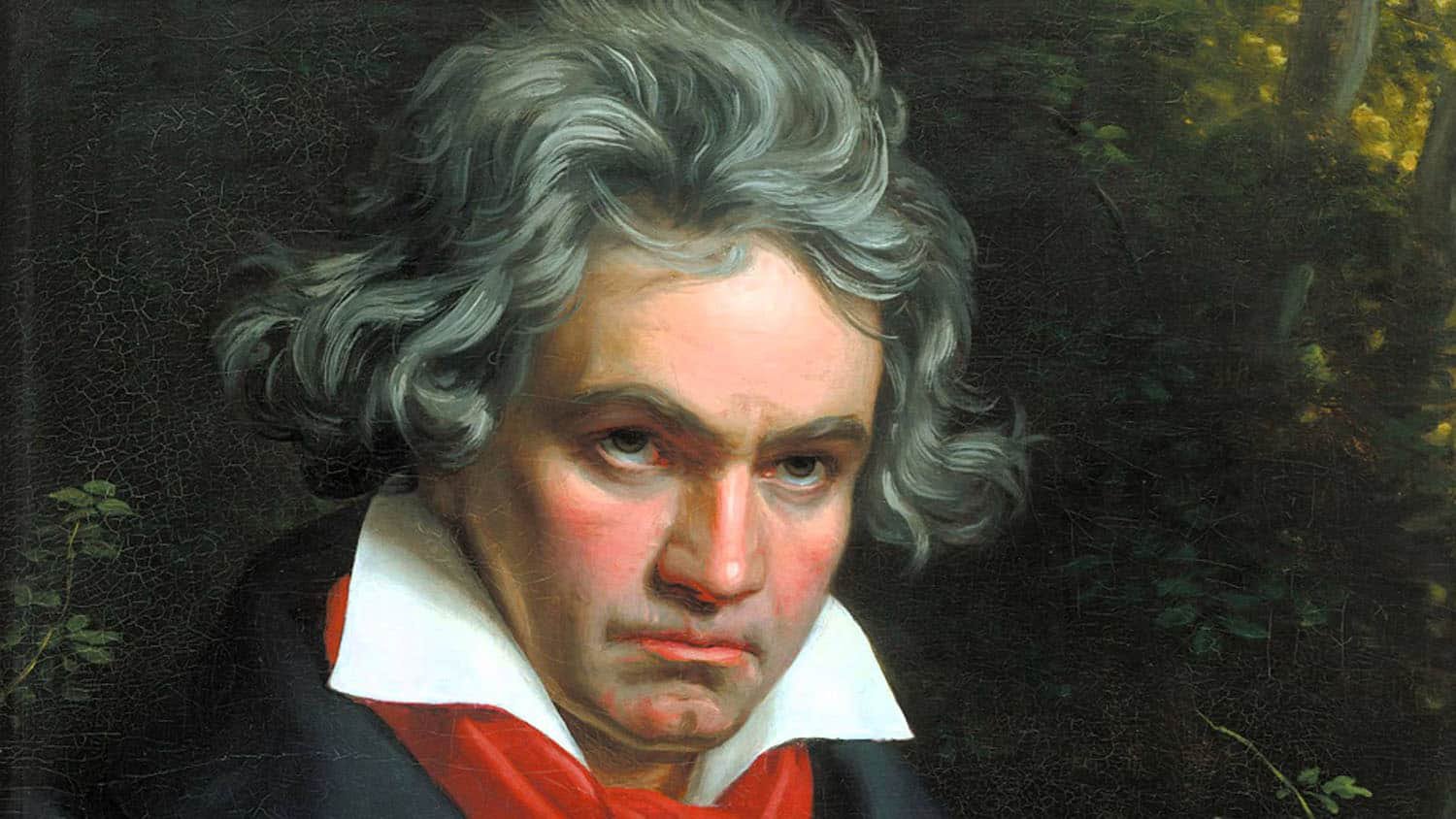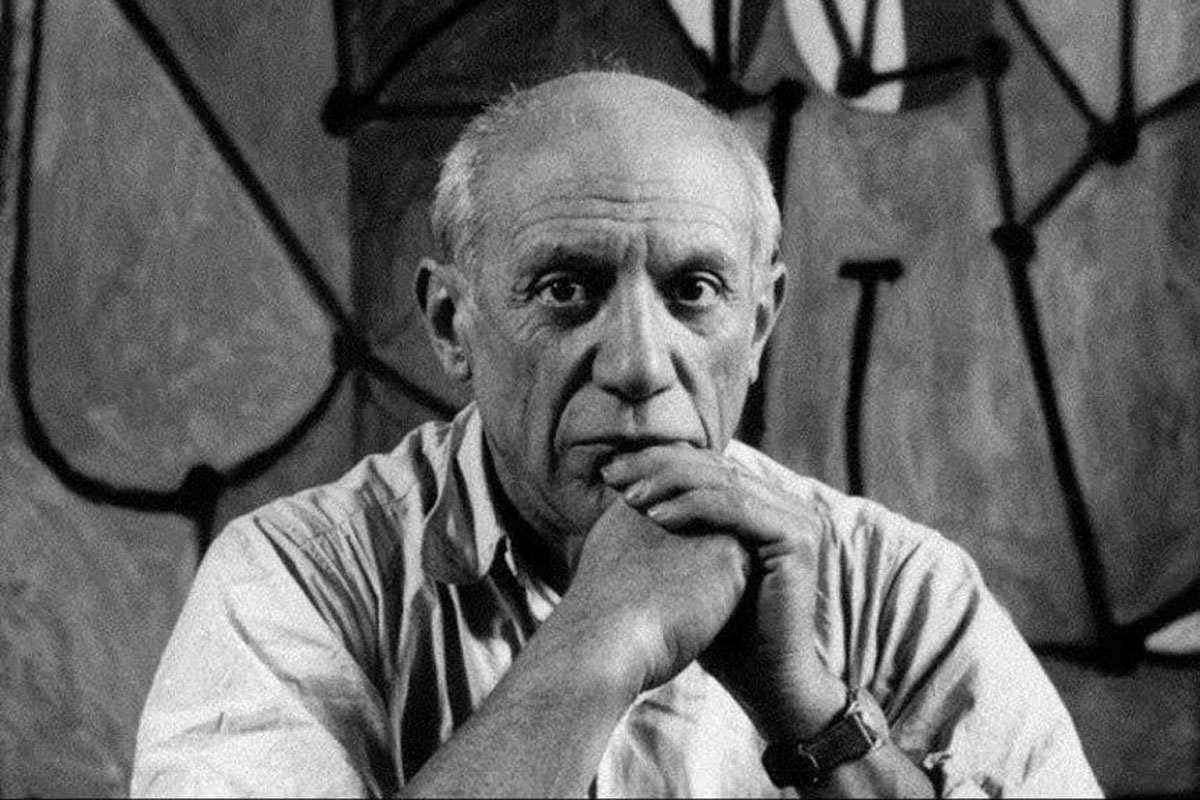This series of articles seeks to examine the character attributes of highly successful leaders, regardless of their adherence to a strong faith or moral standard. In presenting these thoughts, Leadership Ministries is not agreeing with or advocating these traits or practices, but rather presents these as ideas for discussion and development in your own leadership journey.
Albert Einstein (1879-1955) was a German-born theoretical physicist, widely acknowledged to be one of the greatest and most influential physicists of all time. Einstein is best known for developing the theory of relativity, but he also made important contributions to the development of the theory of quantum mechanics.[1] Relativity and quantum mechanics are the two pillars of modern physics.
His mass–energy equivalence formula, E=mc2, has been dubbed “the world’s most famous equation”. He received the 1921 Nobel Prize in Physics “for his services to theoretical physics, and especially for his discovery of the law of the photoelectric effect”, a pivotal step in the development of quantum theory. Einsteinium, one of the synthetic elements in the periodic table, was named in his honor.
Einstein was born into a family of German Jews. He excelled at math and physics from a young age, reaching a mathematical level years ahead of his peers. The 12-year-old Einstein taught himself algebra and Euclidean geometry over a single summer. Einstein was married twice and had two sons.
By 1908, he was recognized as a leading scientist and was appointed lecturer at the University of Bern. By 1915 he had completed his general theory of relativity, and four years later his theory was confirmed during observations of a solar eclipse. On November 7, 1919, the leading British newspaper The Times printed the headline “Revolution in Science—New Theory of the Universe—Newtonian Ideas Overthrown”. Einstein became incredibly famous, and traveled the world for a number of years, meeting leaders, seeing famous sites and giving lectures.
In 1933 he emigrated to the United States, knowing he could not return to his home country of Germany because of the rise to power of Hitler and the Nazis. Einstein was a noted pacifist and detested war, and later in life gave speeches decrying racism. In 1939 he signed a letter to President Roosevelt as he “regarded it as their responsibility to alert Americans to the possibility that German scientists might win the race to build an atomic bomb, and to warn that Hitler would be more than willing to resort to such a weapon.” The letter was a key stimulus for the U.S. to begin its own nuclear weapon research, and led to the creation of the atomic bomb. Einstein later said, “I made one great mistake in my life—when I signed the letter to President Roosevelt recommending that atom bombs be made.”
Here are a few leadership practices we might learn from Einstein’s life and work:
Read regularly. In 1902, Einstein wanted intellectual stimulation to help his aspiring early career as a teacher. So he formed a book club. A philosophy student and a Einstein’s neighbor, a mathematician, met in Einstein’s apartment. The club was short-lived, but the three became lifelong friends, and Einstein said the club changed the trajectory of his career. Of reading novels and other made-up tales Einstein commented, “When I examine myself and my methods of thought, I come to the conclusion that the gift of fantasy has meant more to me than my talent for absorbing positive knowledge. Reading this makes me wonder how much sooner man could have walked on the moon... had we listened to a child's fantasies. It is truly a pity that so many lose their gift of imagination to the steady hum of the status quo.”
Einstein showed that our perception of reality is myopic, distorted due to our sluggishness; could we perceive motions with speeds close to the speed of light (186,000 miles per second), we would see objects shrinking in the direction of their motion, clocks slowing down, and masses increasing with speed. These weird effects are all around us, but imperceptible for the speeds we are used to. Photo: Shutterstock
Ride the inspiration wave. When inspiration comes, jump on and ride the wave. In 1905, Einstein had his annus mirabilis (amazing year). He completed his thesis to earn his PhD. He then published four papers which would become the basis of his Nobel Prize 16 years later. To accomplish a doctoral thesis and four groundbreaking papers in the same year was nothing short of miraculous. Albert Einstein worked 10 hours a day, six days a week for years. He demonstrated a tremendous ability to focus on the work for extended periods and apply himself to big thinking.[2]
Einstein famously spent hours in thought experiments, where he imagined himself riding along a beam of light, or in an elevator in outer space. These thoughts often led him to explore new ideas. He said, ““A new idea comes suddenly and in a rather intuitive way... but intuition is nothing but the outcome of earlier intellectual experience.”
Simplify complexity. Einstein had difficulty communicating his complex theories in a way that could be understood by regular people. He was often heard saying humorously, “Why is it nobody understands me and everybody likes me?” A tool that helped Einstein in explaining his work was analogies. In one example about the relative nature of time, Einstein said: “To simplify the concept of relativity, I use the following example: if you sit with a girl on a garden bench and the moon is shining, then for you the hour will be a minute. However, if you sit on a hot stove, the minute will be an hour.”
In science, things often grow seemingly complex before they are unified under a simple principle. In fact, it is the increasing complexity that often leads to a paradigm shift. In the last two decades of his life, Albert Einstein struggled to come up with a unified theory that would describe both gravity and electromagnetism. He felt the existing theories of the day lacked a simpler, more holistic framework. Einstein was also careful to distinguish simplicity from simplemindedness. “Make everything as simple as possible, but not simpler,” he said.[3]

































Michael Jordan is a former professional basketball player and businessman. He played 15 seasons in the NBA and won six NBA championships with the Chicago Bulls.